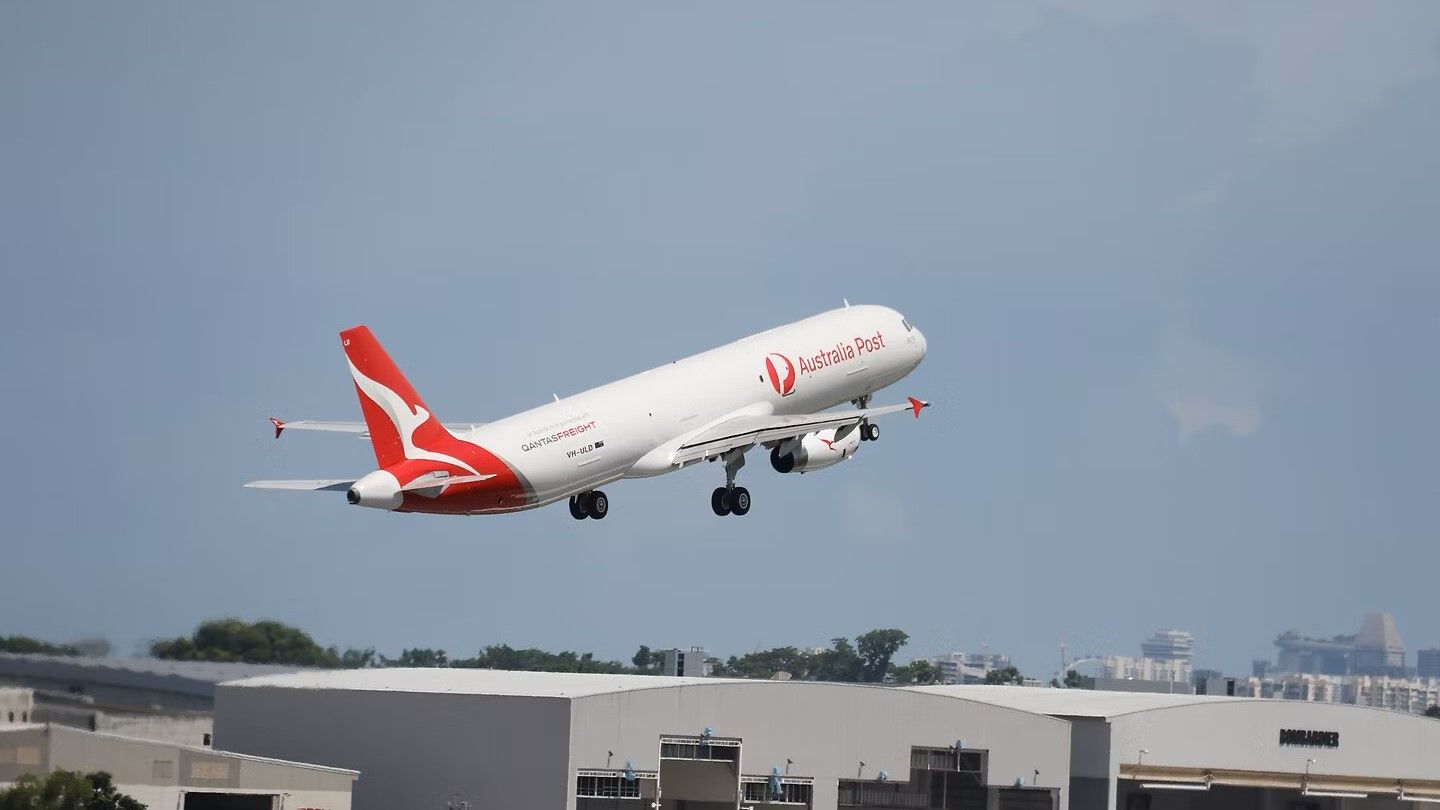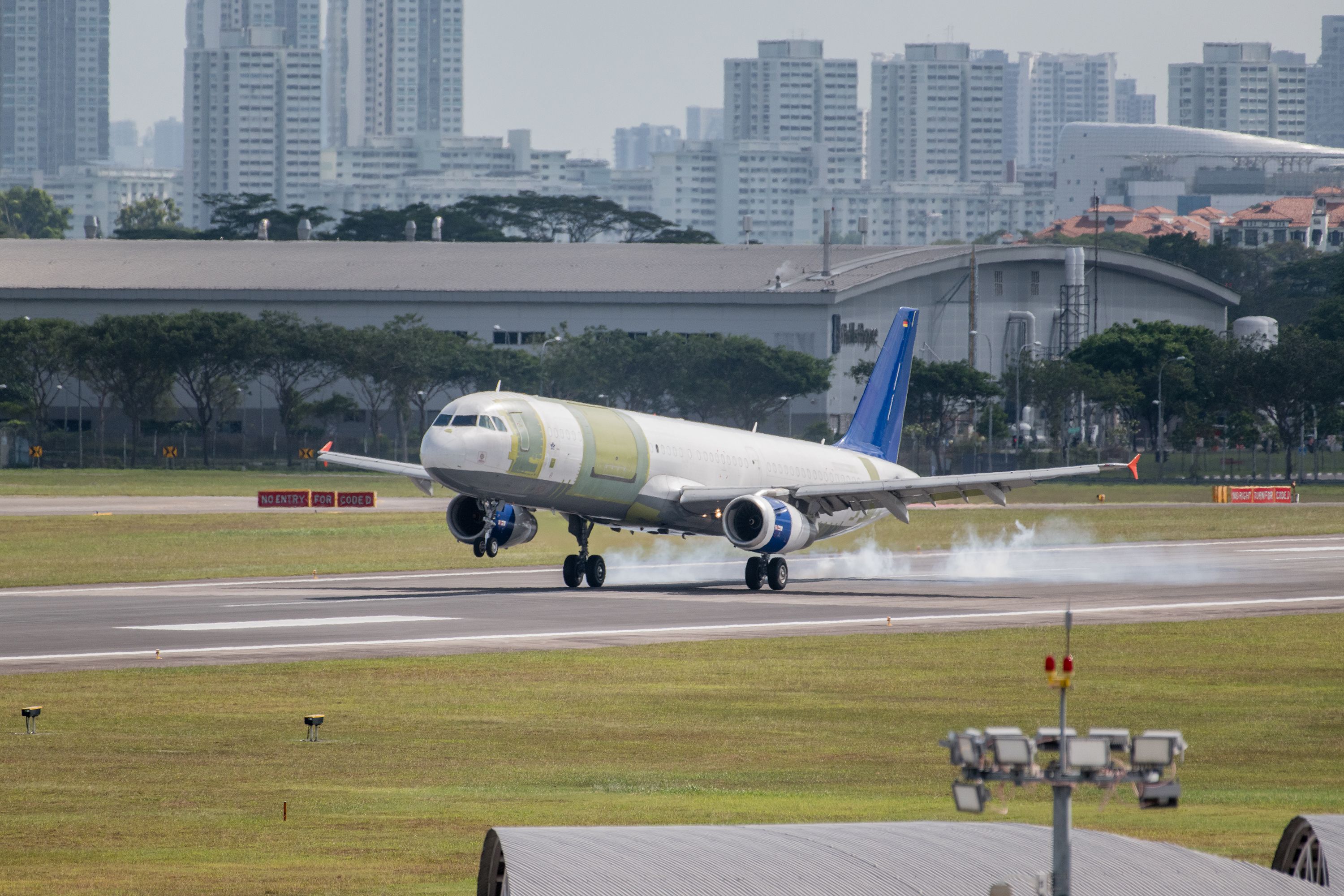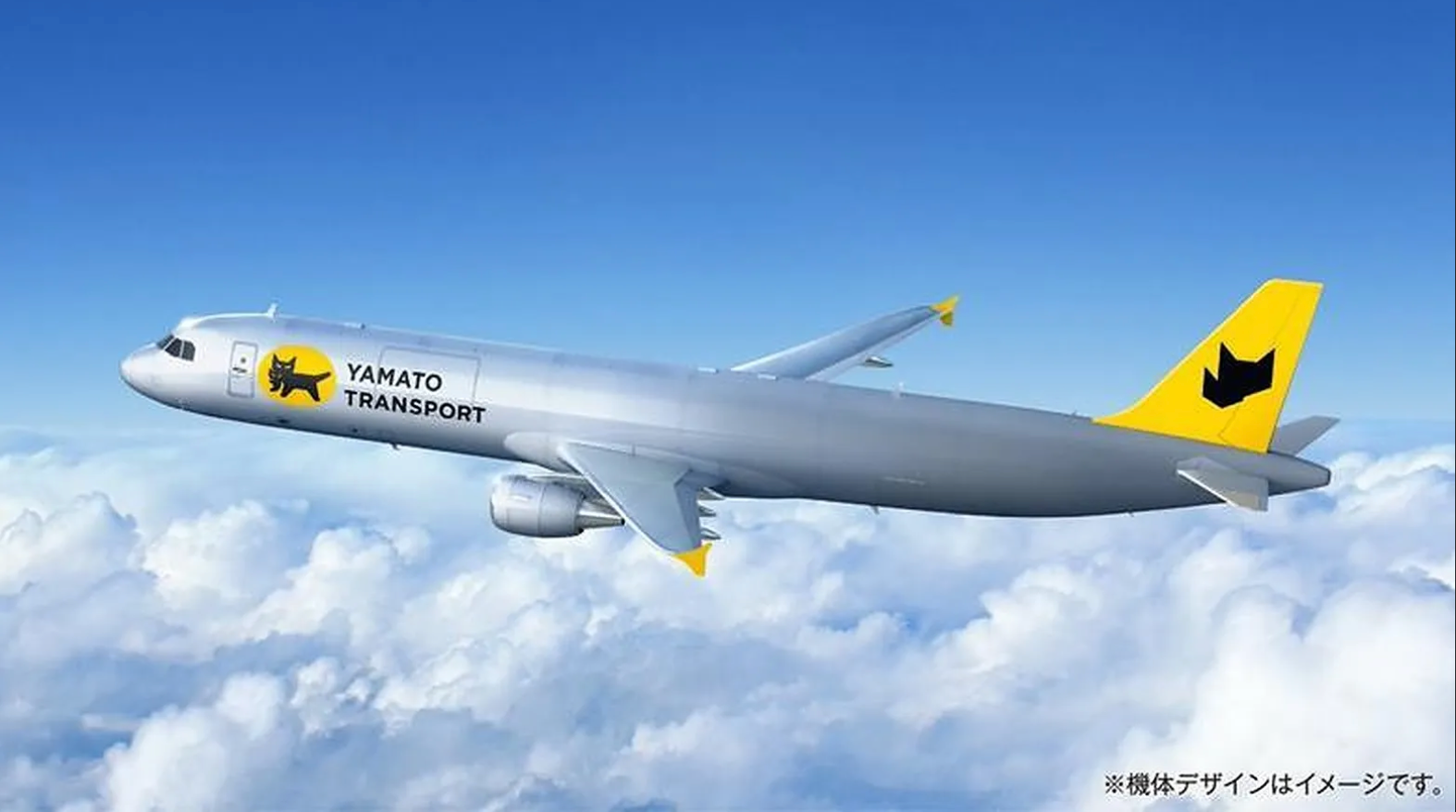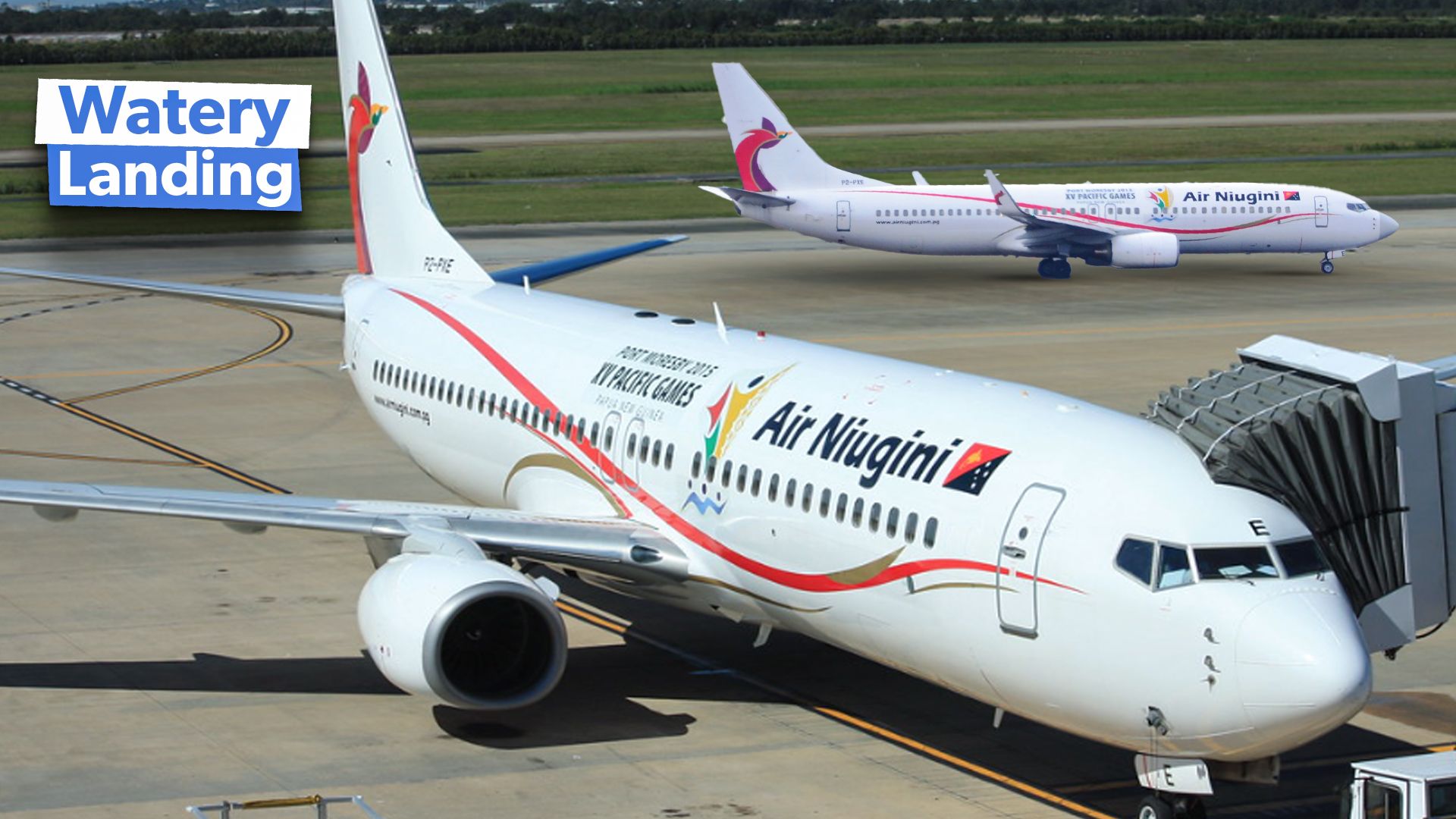Summary
- A recent airworthiness directive for Airbus A321 P2F aircraft has been canceled due to a calculation error, showing current inspection time is sufficient.
- The directive required a one-time inspection and potential replacement of affected parts, based on stress analysis revealing elevated stress levels.
- The A321 P2F project, a joint venture between ST Engineering, Elbe Flugzeugwerke, and Airbus, has gained popularity in the market for efficient freighters.
A recent airworthiness directive issued by the European Union Aviation Safety Agency (EASA) has been canceled. The original airworthiness directive required a stricter schedule for fuselage inspections on the Airbus A321 P2F aircraft. However, a calculation error showed that the analysis was incorrect and the current required inspection time is sufficient for the aircraft.
Initial airworthiness direction
On September 12, 2023, EASA issued an airworthiness directive for the Airbus A321 P2F. During the certification process for the A321XLR, Airbus was required to update stress and fatigue calculations on parts of the airframe. Therefore, a new stress analysis was conducted on the aircraft’s center wing box area, where the fuselage meets the wing of the aircraft.
The new calculation showed elevated stress levels in this specific area. The increased stress could directly lead to the development of fatigue cracks in the aircraft’s fuselage. If fatigue cracks form in the frames of the aircraft, the airframe’s structural integrity could be compromised.
Photo: Airbus
Because of this, the EASA-issued airworthiness directive required a one-time inspection of the fuselage and affected frames. Based on the inspection results, the aircraft would be required to replace any affected parts. The directive also included the ability for a single ferry flight, which is also based on the inspection results.
However, late last month, EASA canceled this directive. Airbus and Elbe Flugzeugwerke, two of the companies involved in the P2F venture, raised concerns about the calculations and inspection timelines. A further evaluation by these two companies revealed that the increased stress on the aircraft converting from a passenger aircraft to a freighter aircraft did not match up with the requirements found in the airworthiness directive. The separate evaluation revealed a calculation error. The result was only a minimal reduction in the required inspection timelines for the aircraft. This led to EASA canceling its issued airworthiness directive. Potential safety concerns for this issue on the A321 aircraft had already been addressed in a previous airworthiness directive that was issued in December of last year. This directive outlined inspection intervals for the fuselage on all affected aircraft and already required a one-time inspection of the aircraft in the affection area.
EASA and Airbus did not immediately respond for comment.
The increasing popularity of the P2F project
The Airbus A320/ A321 P2F project is a joint venture between ST Engineering, Elbe Flugzeugwerke, and Airbus. The A312 P2F aircraft is a passenger aircraft converted to a freighter aircraft. It is considered one of the most efficient next-generation single-aisle freighters. The aircraft has a payload capacity of nearly 27 tons. It also has the ability to carry 14 full containers on its main deck and a unique loading capability on its lower deck.
Airbus has predicted an increase in market demand for small freighters over the next 20 years. Since its inception in 2015, the A321 P2F has seen an increase in popularity.
Photo: Yamato Holdings
Japan Airlines began a P2F conversion in June earlier this summer. The aircraft had previously operated for Qatar Airways for 12 years. Additionally, Lufthansa Cargo, Global Crossing, and IndiGo among others have begun operating the A321 P2F variants.






